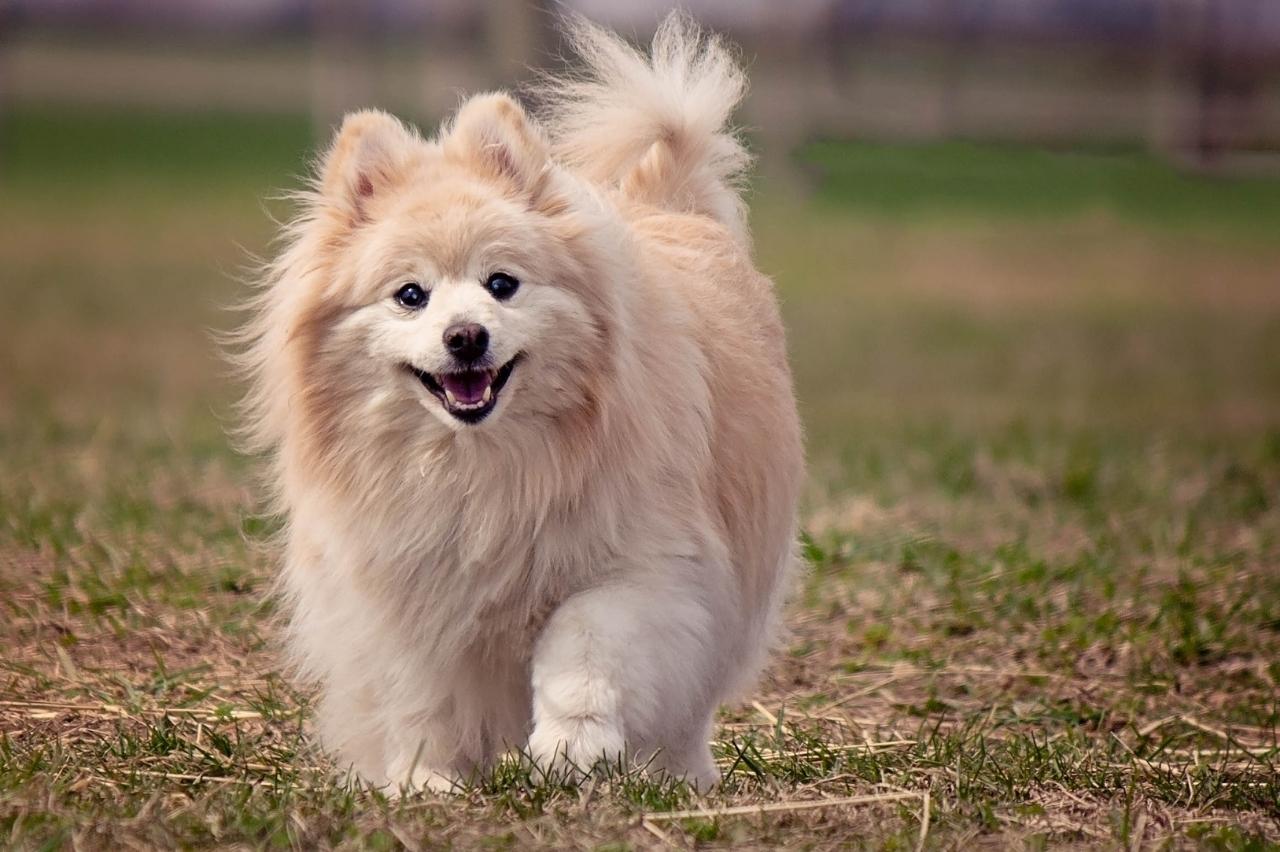 Shutterstock
Shutterstock
Few places spark the imagination like a medieval court—towering tapestries, secretive courtiers, and knights thundering in from battle. But among all the royalty and pageantry, one noble figure is often overlooked: the dog. Not just any dog, though—some breeds radiate pure aristocracy and flair. Whether lounging on velvet, pacing beside kings, or guarding castle gates, these dogs would’ve thrived in a world of sword fights and royal feasts. From charming queens to scaring off intruders, these fifteen breeds were made for medieval legend.
Pekingese
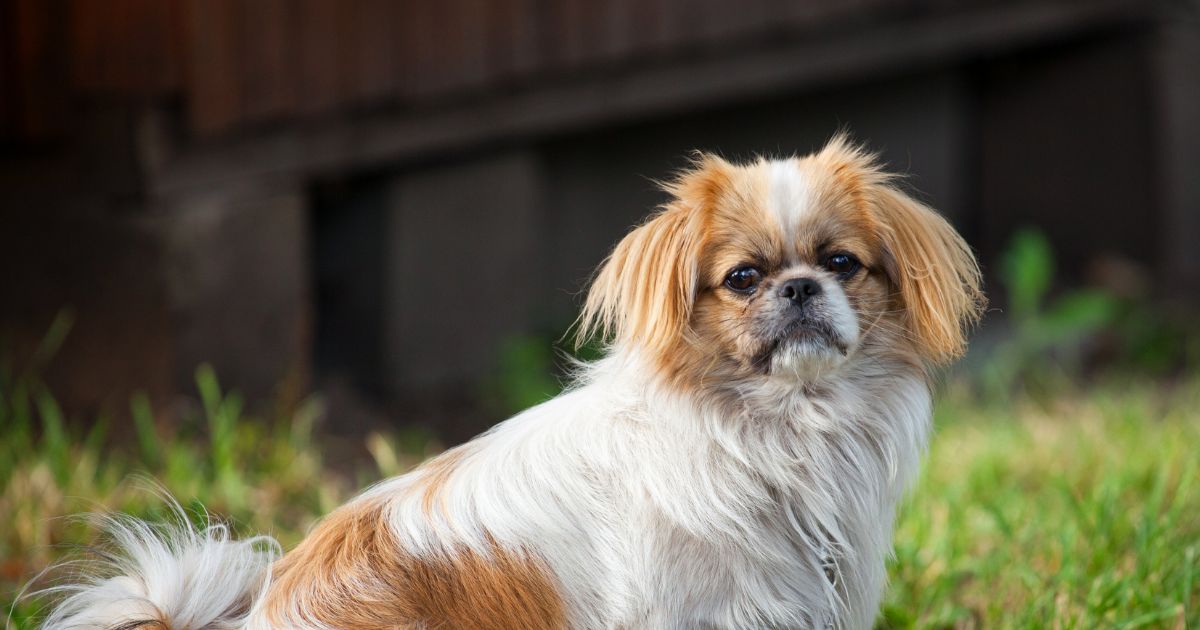 Shutterstock
Shutterstock
The Pekingese carries itself like it already owns a manor and expects you to know it. With its luxurious mane, stocky body, and slow, deliberate walk, this dog screams royalty. In a medieval court, it would’ve been the prized companion of queens and princesses, lounging on pillows and giving side-eye to anyone without a title. Originally bred to resemble the mythical lions of China, the Pekingese have a long history of noble association. Its proud and aloof demeanor would have made it the gossip magnet of the castle — especially if it happened to bark during an awkward moment in court.
Afghan Hound
 Shutterstock
Shutterstock
Elegant, aloof, and mysterious, the Afghan Hound would have glided through the stone corridors of a medieval castle like a living tapestry. With flowing locks that would’ve made even the most fashion-forward noble swoon, this breed has long been associated with royalty and ancient nobility. Its regal bearing and calm temperament would have made it the ideal companion for high-born ladies with secret loves and dramatic exits. While others might bark or wag wildly, the Afghan Hound would gaze into the distance, pondering the meaning of life or the next course of venison.
Irish Wolfhound
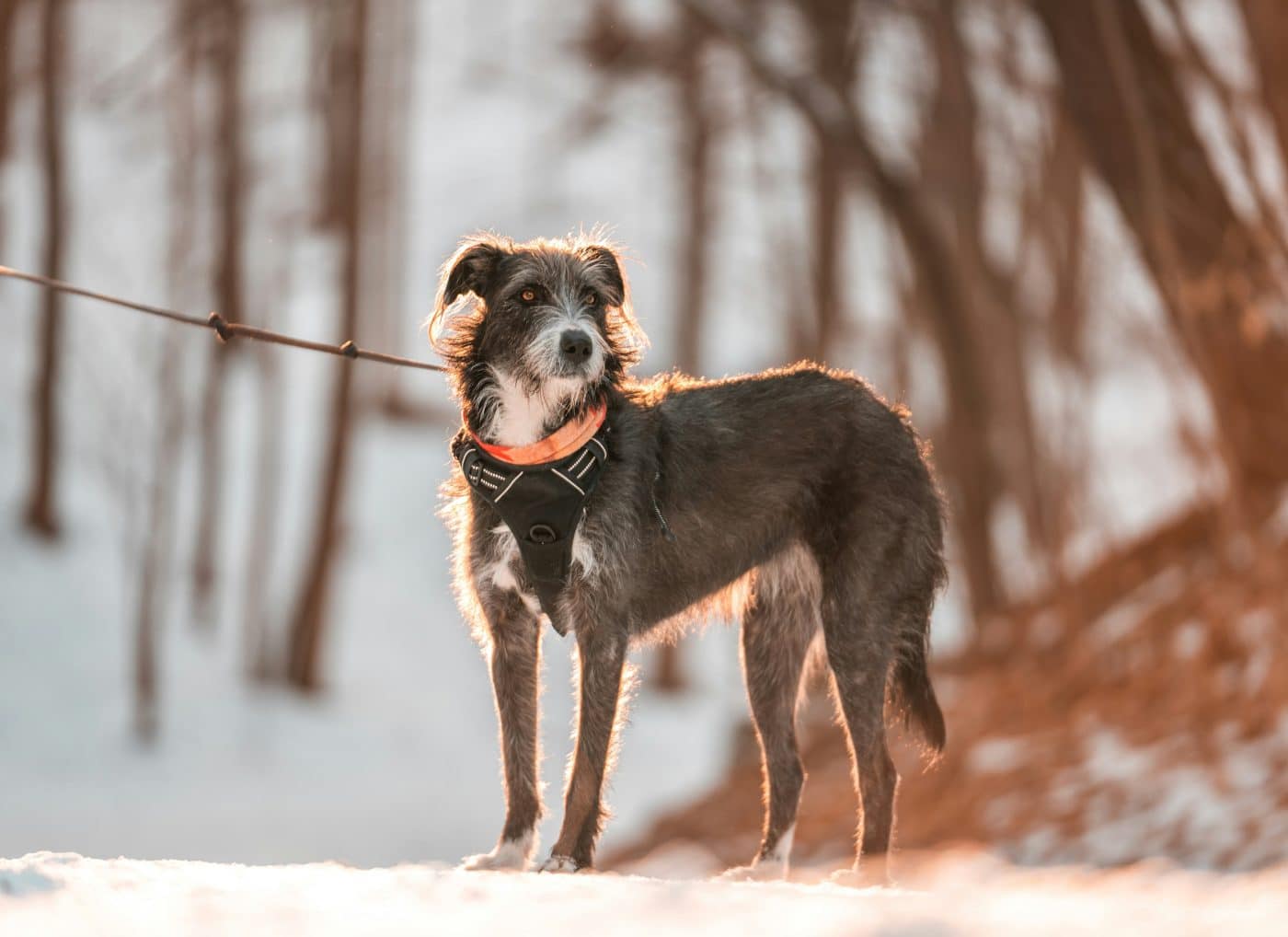 Shutterstock
Shutterstock
Towering and majestic, the Irish Wolfhound looks like it could wear a suit of armor and still be mistaken for a knight. These dogs were literally bred to take down wolves and were often given to royalty as gifts of strength and honor. In a medieval court, the Irish Wolfhound wouldn’t just be a companion — it would be a symbol. Knights would walk with them proudly, and kings would display them like royal banners. Despite their size, they’re known for their gentle nature, making them the ideal blend of might and manners. And if a rival dared challenge your throne? One growl from the wolfhound and peace would be promptly restored.
Papillon
 Shutterstock
Shutterstock
Small but packed with personality, the Papillon was practically made for palace life. Named for its butterfly-like ears, this sprightly little dog has appeared in royal portraits for centuries. In a medieval court, it would have danced around noble feet, snuck bites from golden platters, and snuggled in silk-lined sleeves. Their intelligence and charm would make them favorites in the royal nursery and among court musicians. Papillons wouldn’t just sit around being pampered — they’d perform tricks, chase ribbons, and somehow know all the latest gossip before the courtiers themselves.
Saluki
 Shutterstock
Shutterstock
The Saluki would have been the mysterious visitor from distant lands — elegant, reserved, and always captivating. Known as one of the oldest dog breeds in the world, Salukis were considered gifts of the gods and treasured by nobility throughout the Middle East. In a medieval court, they would have been viewed as exotic and almost otherworldly. Their slim, graceful form and poised attitude made them the kind of dog you’d find quietly surveying the room from atop a staircase cloaked in silk. They wouldn’t bark unless absolutely necessary — and when they did, everyone would listen.
Bichon Frisé
 Shutterstock
Shutterstock
If the medieval court had an official entertainer, it would have been the Bichon Frisé. This puffball of joy has all the charisma needed to lift spirits after a long day of jousting or plague-avoiding. With its cheerful disposition, fluffy white coat, and love of people, the Bichon would have pranced through the castle like a tiny cloud of delight. Nobles would’ve fought over who got to hold it during council meetings. Always eager to charm, the Bichon would have performed twirls for scraps, snuggled into fancy lapels, and probably demanded its own tiny throne — which it absolutely deserved.
Borzoi
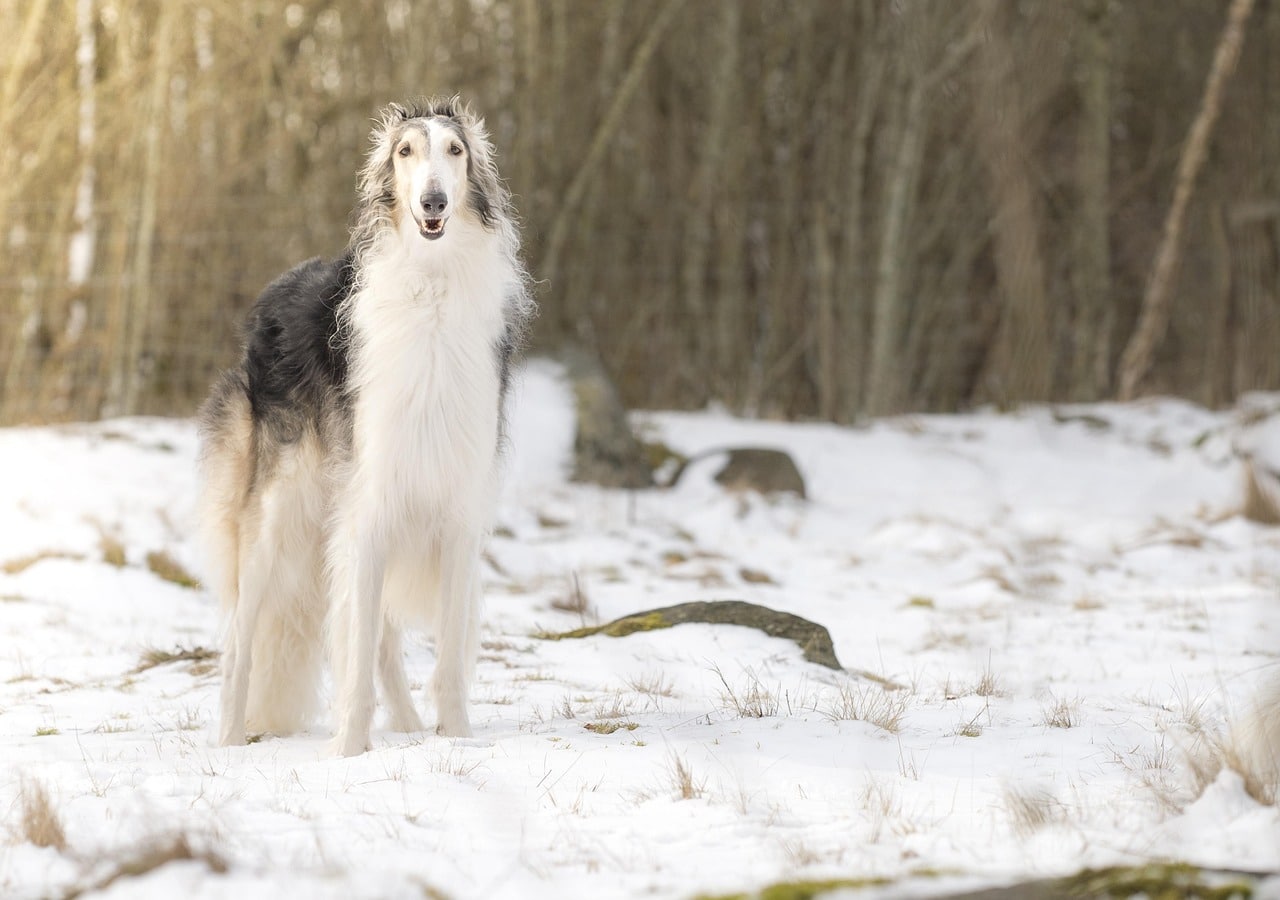 Shutterstock
Shutterstock
The Borzoi has the kind of timeless elegance that fits seamlessly into any royal setting. Once known as the Russian Wolfhound, these dogs were bred by the aristocracy for speed, beauty, and grace. In a medieval court, they’d float down long corridors with the grace of a ballerina and the soul of a philosopher. Reserved and refined, the Borzoi wouldn’t bark much — they’d prefer to observe silently and sigh dramatically if the court jester made a bad joke. Their regal appearance and dignified manner would earn them a place beside queens and kings alike, perhaps even getting mentioned in poems by love-struck troubadours.
Cavalier King Charles Spaniel
 Shutterstock
Shutterstock
This dog was born with “royal” in its name, so of course, it fits perfectly into the medieval court narrative. The Cavalier King Charles Spaniel would have spent its days curled in the laps of noblewomen, offering comfort between scandalous rumors and dramatic fainting spells. With those big, soulful eyes and gentle nature, they would have made perfect companions for long, candlelit evenings in the castle. They’re affectionate without being clingy, dignified without being snobby. In the politics of a medieval court, the Cavalier would’ve succeeded not with brute force but with perfectly timed cuddles.
Lhasa Apso
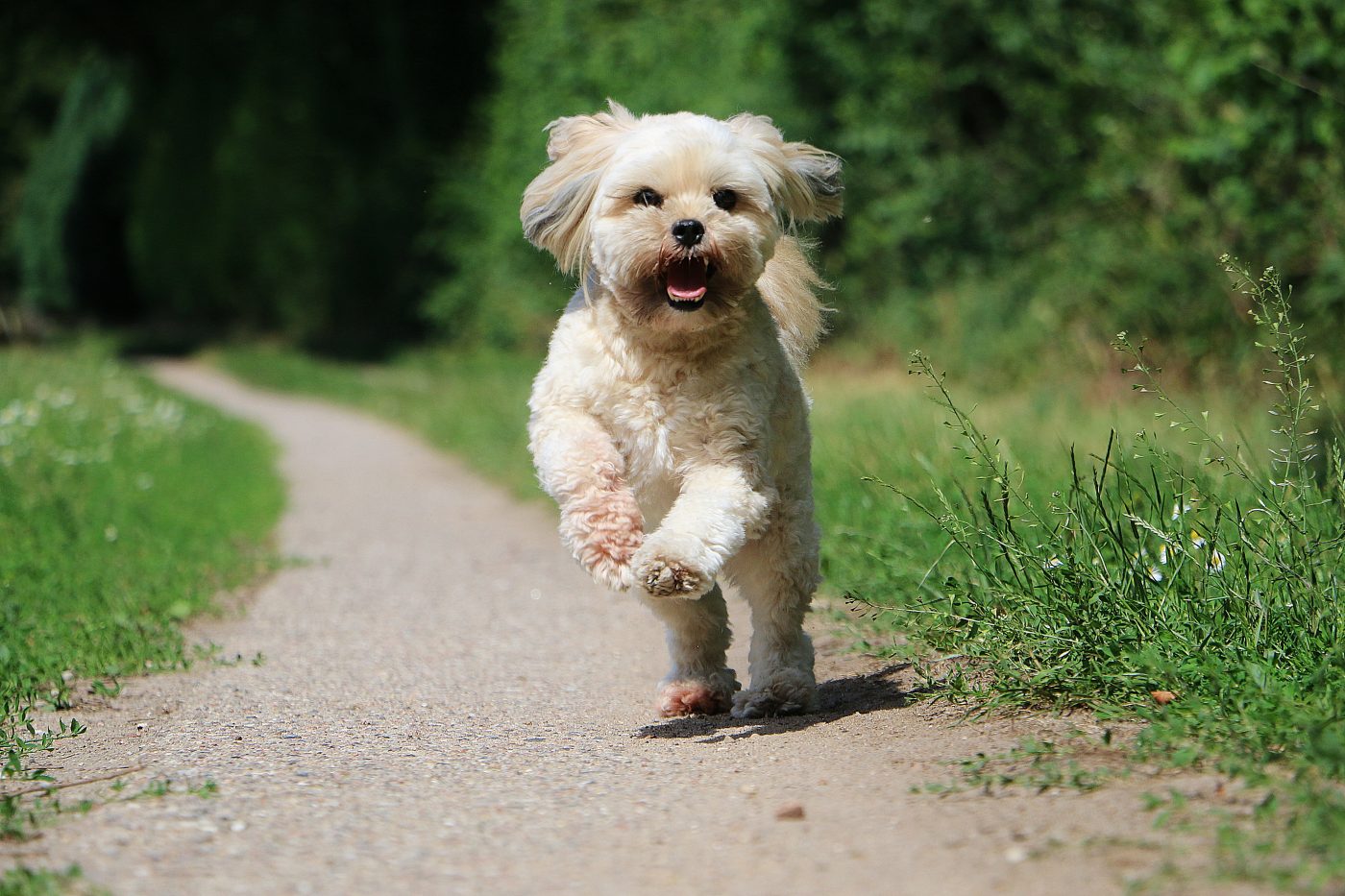 Shutterstock
Shutterstock
Don’t let the small size fool you — the Lhasa Apso has the spirit of a lion and the wisdom of an old monk. Originally bred to guard temples in Tibet, these dogs are serious about their watch duties and carry themselves with an air of profound importance. In a medieval court, they would have sat by the throne, eyeing newcomers with suspicion and grace. Courtiers would admire their long flowing coats, but behind that beauty lies a sharp, discerning mind. If your crown mysteriously went missing, the Lhasa probably saw who took it — but they won’t tell unless you offer premium cheese.
Great Pyrenees
 Shutterstock
Shutterstock
The Great Pyrenees was born to guard — sheep, castles, you name it. With its massive frame, thick white coat, and calm confidence, this dog would have made the perfect royal guardian. In a medieval court, the Pyrenees would be posted near the gates, silently surveying the kingdom while all the nobles enjoyed their feasts. They don’t bark unless there’s real danger, but when they do, it echoes through the stone halls like a knight’s trumpet. Despite their size, they’re gentle giants, always ready to comfort children, warm beds, or carry important scrolls in a velvet pouch tied to their back.
Shih Tzu
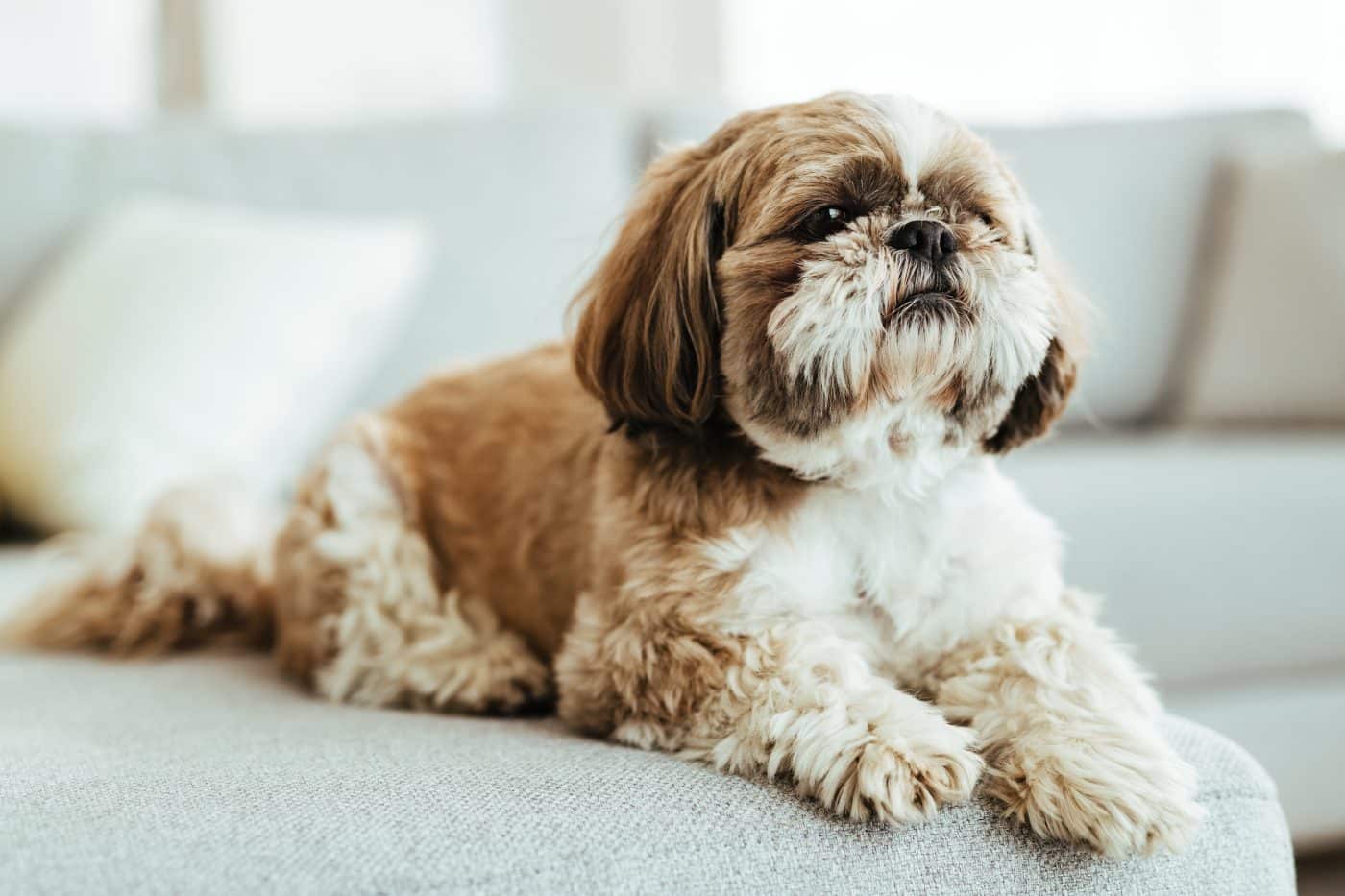 Shutterstock
Shutterstock
With a name that literally means “lion dog,” the Shih Tzu would have strutted through medieval halls like it owned the place. Bred for Chinese royalty, these tiny emperors in fur would have adapted seamlessly to European courts, lounging in style on embroidered pillows. They’re affectionate, confident, and snooty enough to ignore any noble who dared step on their perfectly brushed tail. The Shih Tzu would have its own silk-lined carriage, be fed grapes by the kitchen staff, and be the source of constant envy among the less-fluffy dogs. Even kings would pause to pet it — very carefully.
Italian Greyhound
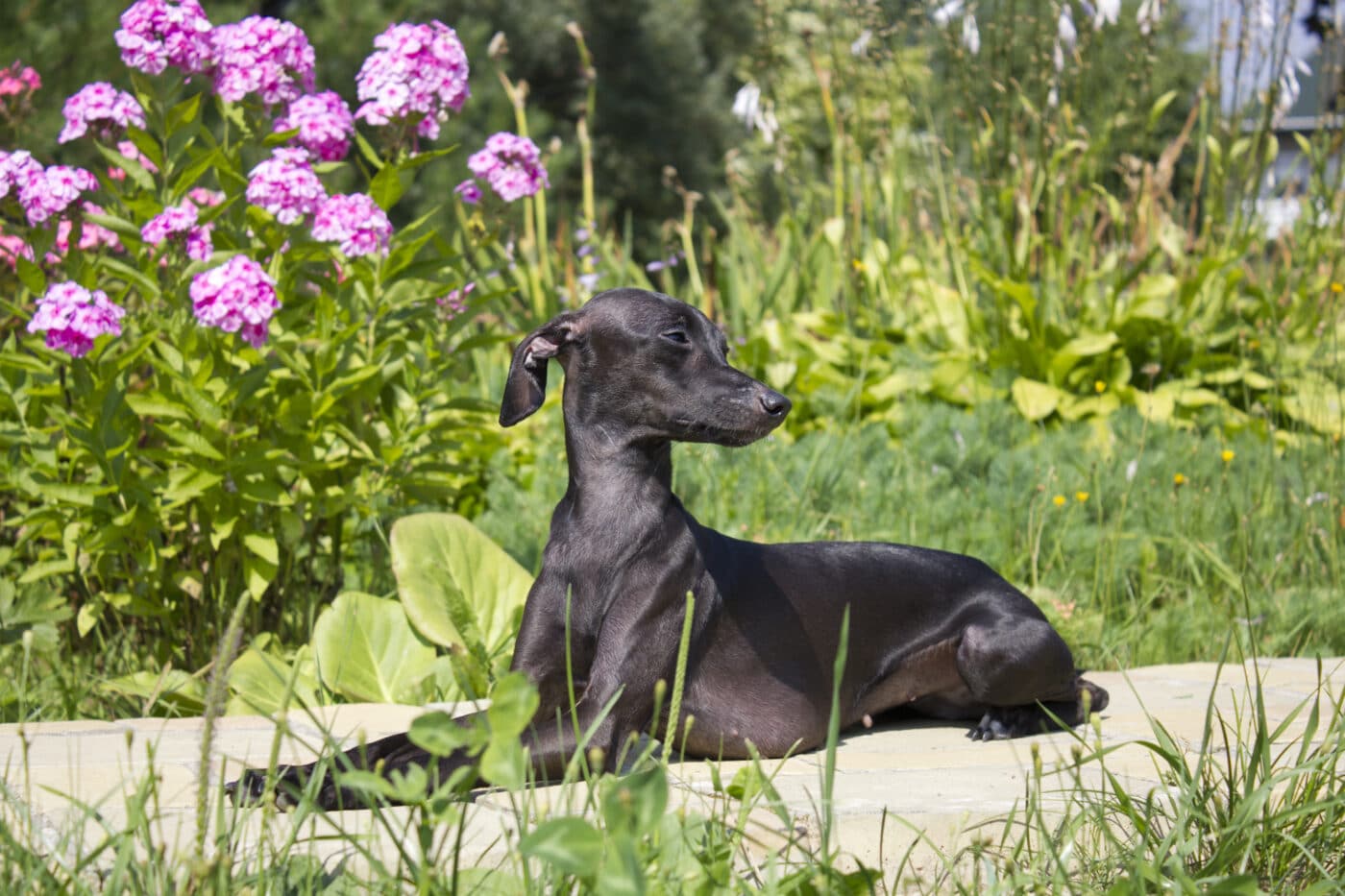 Shutterstock
Shutterstock
Delicate, dainty, and slightly dramatic, the Italian Greyhound was made for velvet-cloaked days and candlelit nights. In a medieval court, this breed would have never walked — it would have pranced. Wrapped in fine fabrics and adorned with tiny jewels, the Italian Greyhound would have followed its noble companion everywhere, shivering for fashion, not fear. Their refined look and sweet nature make them instant court darlings. When not adorning laps, they’d sit on windowsills looking pensive, giving the illusion they’re contemplating deep philosophical questions — probably about chicken.
Dachshund
 Shutterstock
Shutterstock
Bold, brave, and low to the ground, the Dachshund would have been the medieval court’s undercover hero. With a history of hunting badgers and facing down animals much larger than themselves, these dogs have the heart of a knight packed into a sausage-shaped body. In the castle, they’d trot confidently past nobles twice their size, barking orders and inspecting kitchens for unauthorized snacks. They’re clever, headstrong, and have no issue jumping into drama headfirst. No court would be complete without a Dachshund keeping everyone in check — especially the humans.
Pomeranian
 Shutterstock
Shutterstock
Small in size but massive in ego, the Pomeranian would have stormed the medieval court as it had just inherited the entire kingdom. With its fluffy coat, foxy face, and confident strut, this breed radiates royal energy. Initially descending from much larger sled dogs, Pomeranians were later adored by European nobility — especially Queen Victoria, who helped popularize their miniature form. In a medieval setting, they’d be found barking orders at the guards, stealing pastries off banquet tables, and somehow managing to have their own coat of arms. Their voice may be tiny, but their presence would echo through the halls like a royal decree wrapped in fur.
English Toy Spaniel
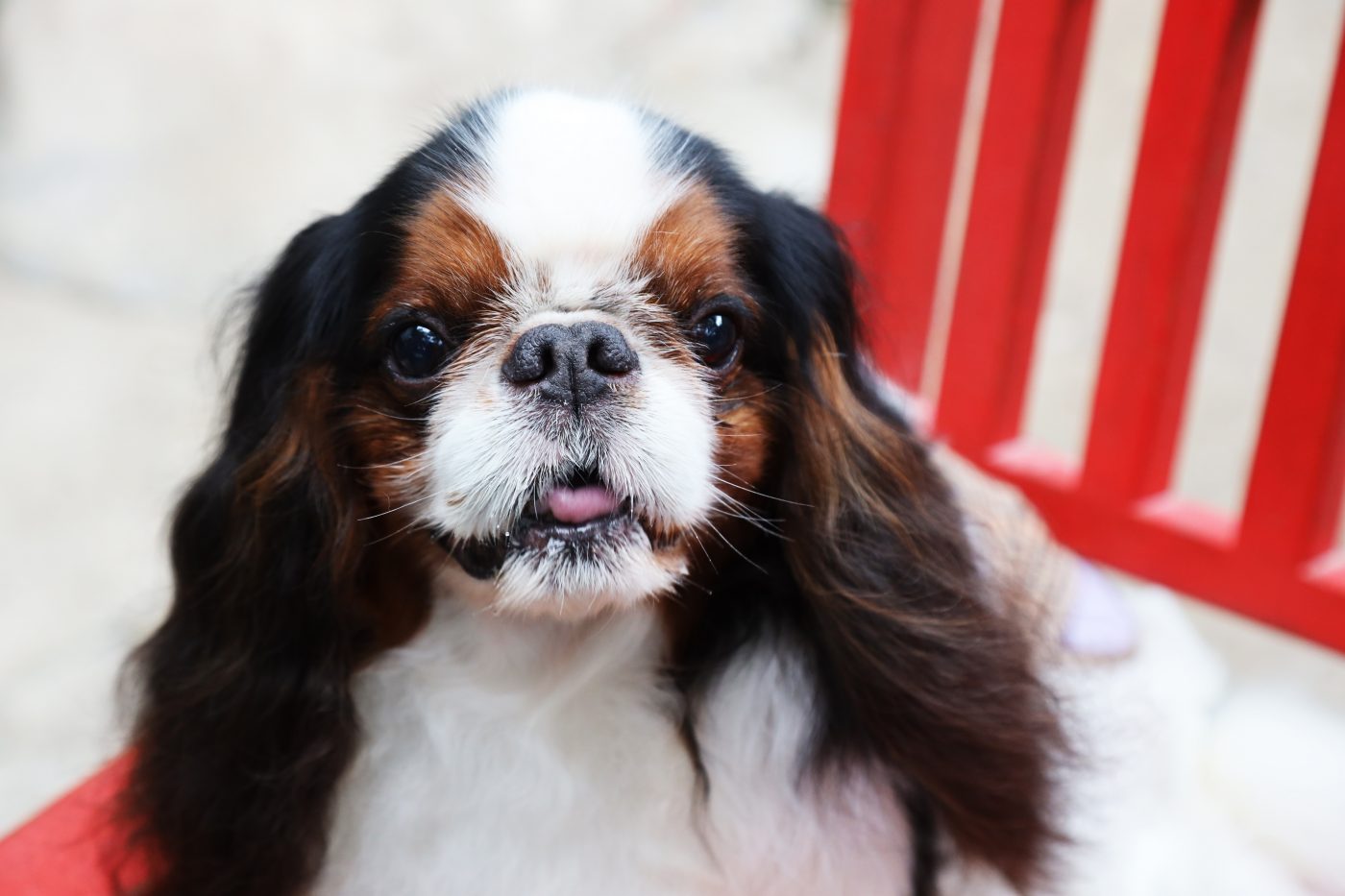 Shutterstock
Shutterstock
The English Toy Spaniel looks like a dog that’s never fetched a ball in its life — and that’s exactly why it fits perfectly in a medieval court. Known for their soft expressions and royal lineage, these dogs were favorites of English monarchs. In the court, they’d be draped across velvet cushions, patiently listening to court drama and yawning at proclamations. They’re sweet, devoted, and give excellent judgmental stares, which are crucial in any self-respecting noble household. While others squabble over land and honor, the English Toy Spaniel waits for treats and gentle ear rubs — both of which it deserves.
Court Closed For Canine Business
 MidJourney
MidJourney
These breeds didn’t just fit into a medieval court — they’d have ruled it, guarded it, and dramatically lounged in it. Each dog brought something to the table, whether it was intimidating stature, effortless charm, or the ability to upstage nobles with a single tail wag. If time travel ever becomes real and you find yourself transported to a castle in the 1300s, make sure you’re not the only one arriving in style — bring one of these royal canines with you, and you’ll instantly be the toast of the kingdom.

 1 week ago
9
1 week ago
9



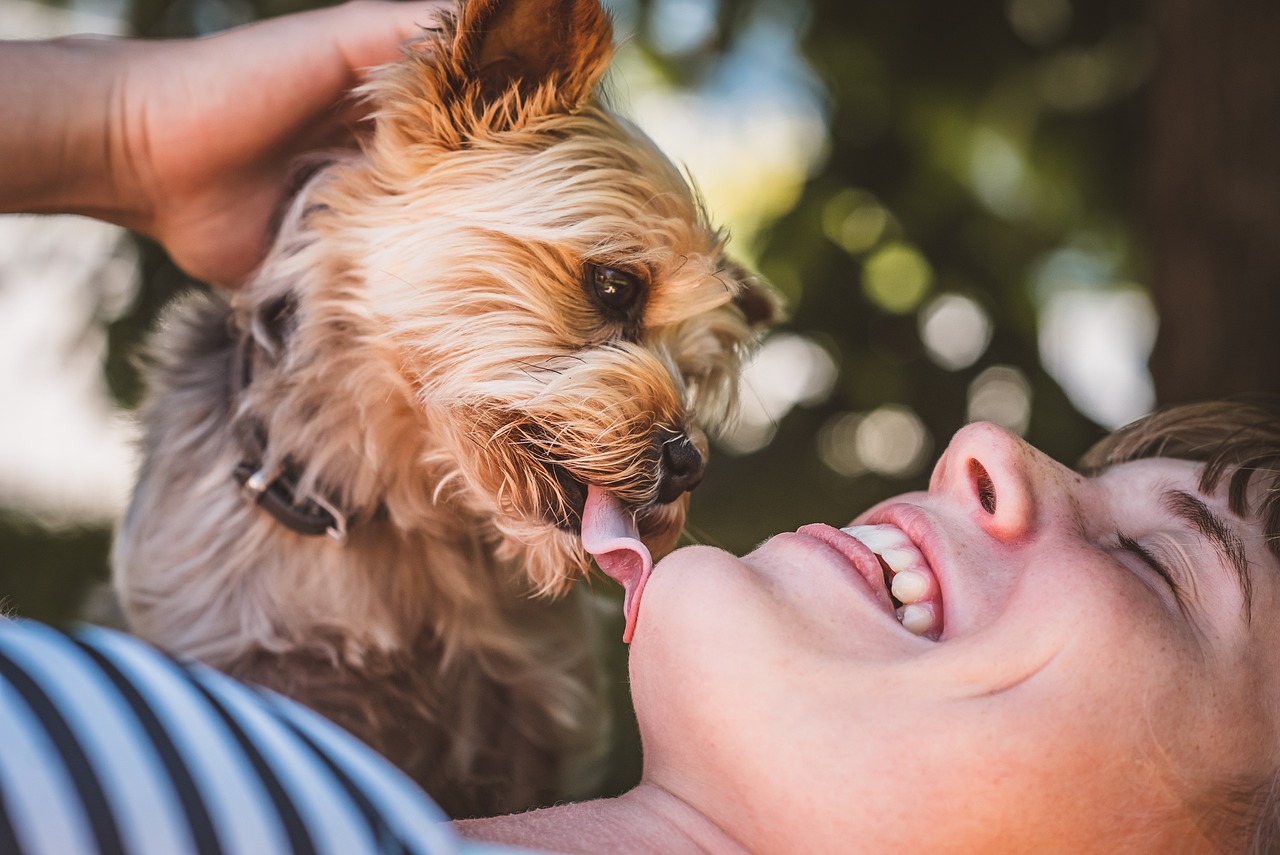







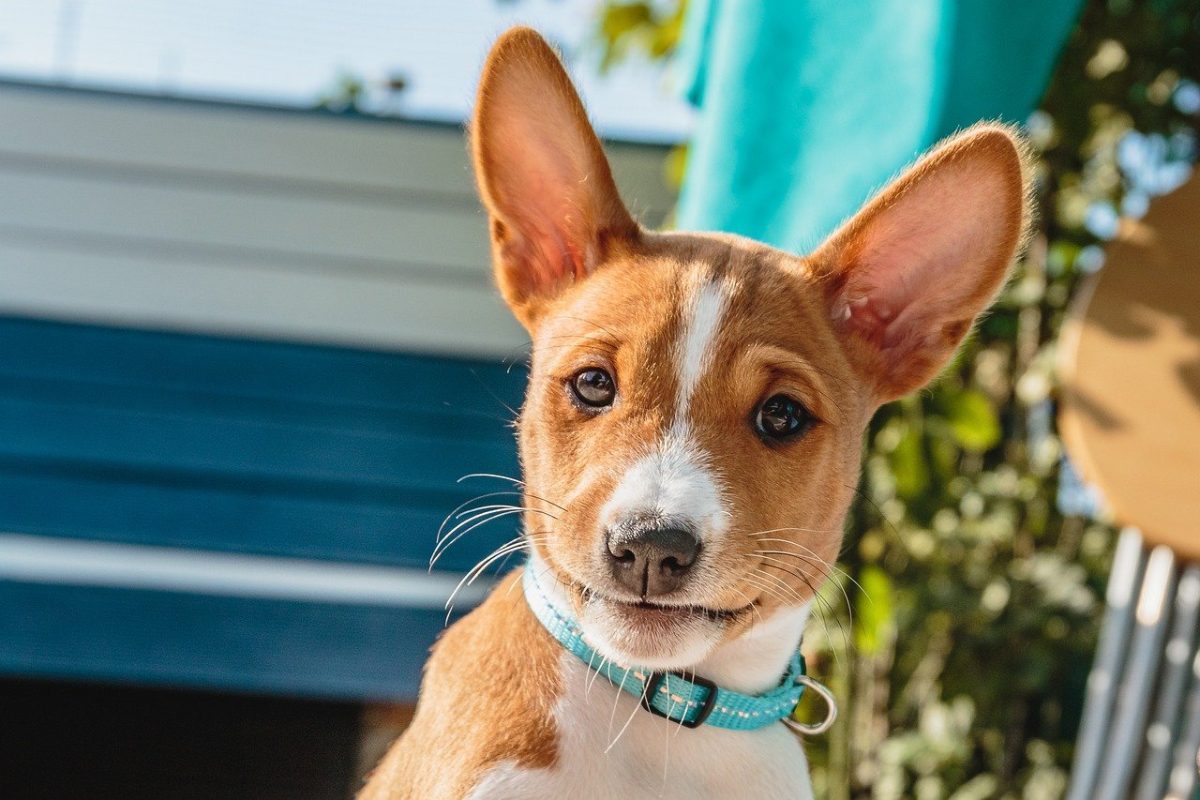
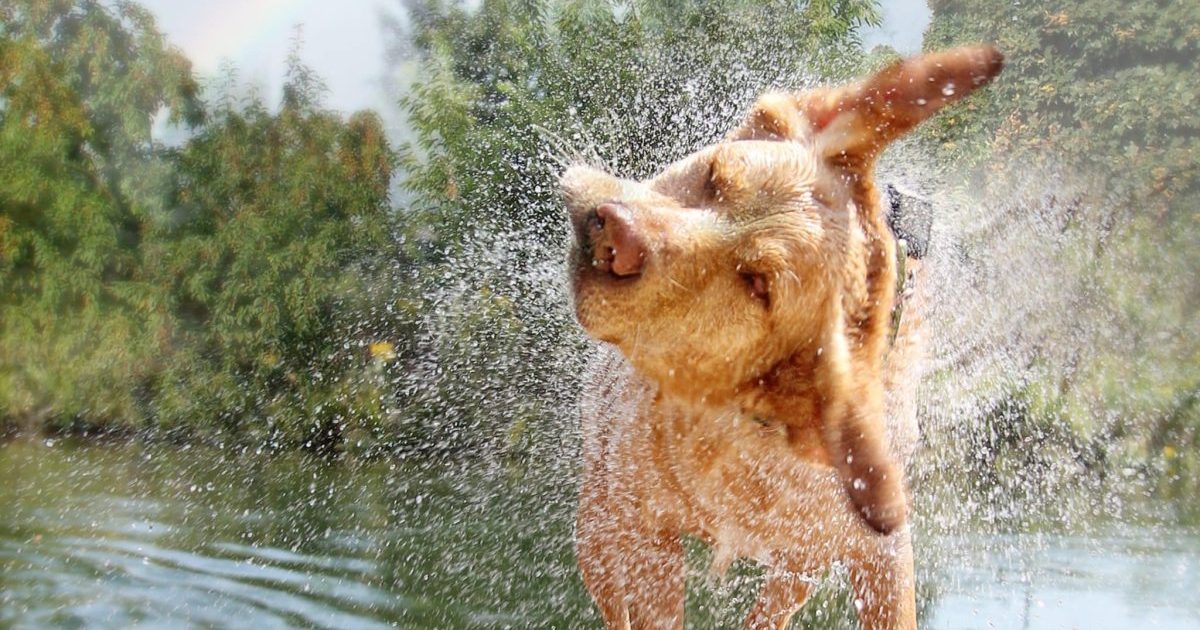

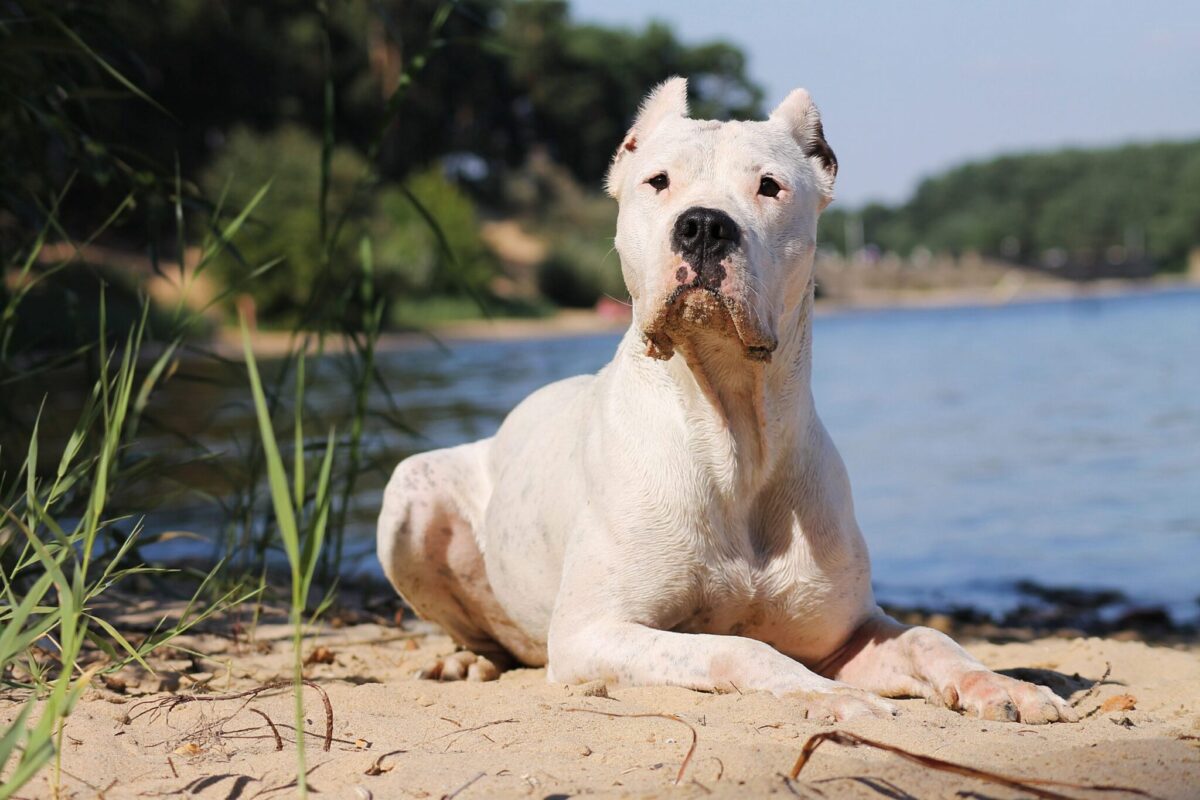
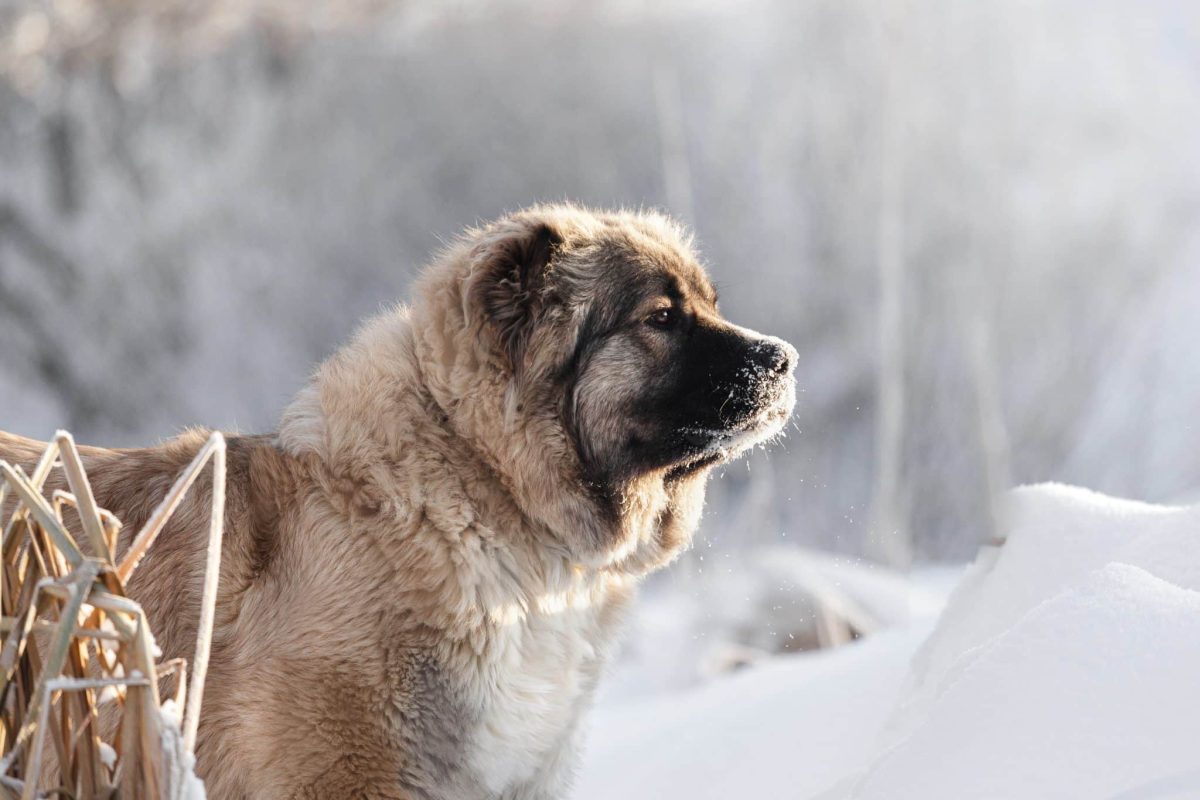
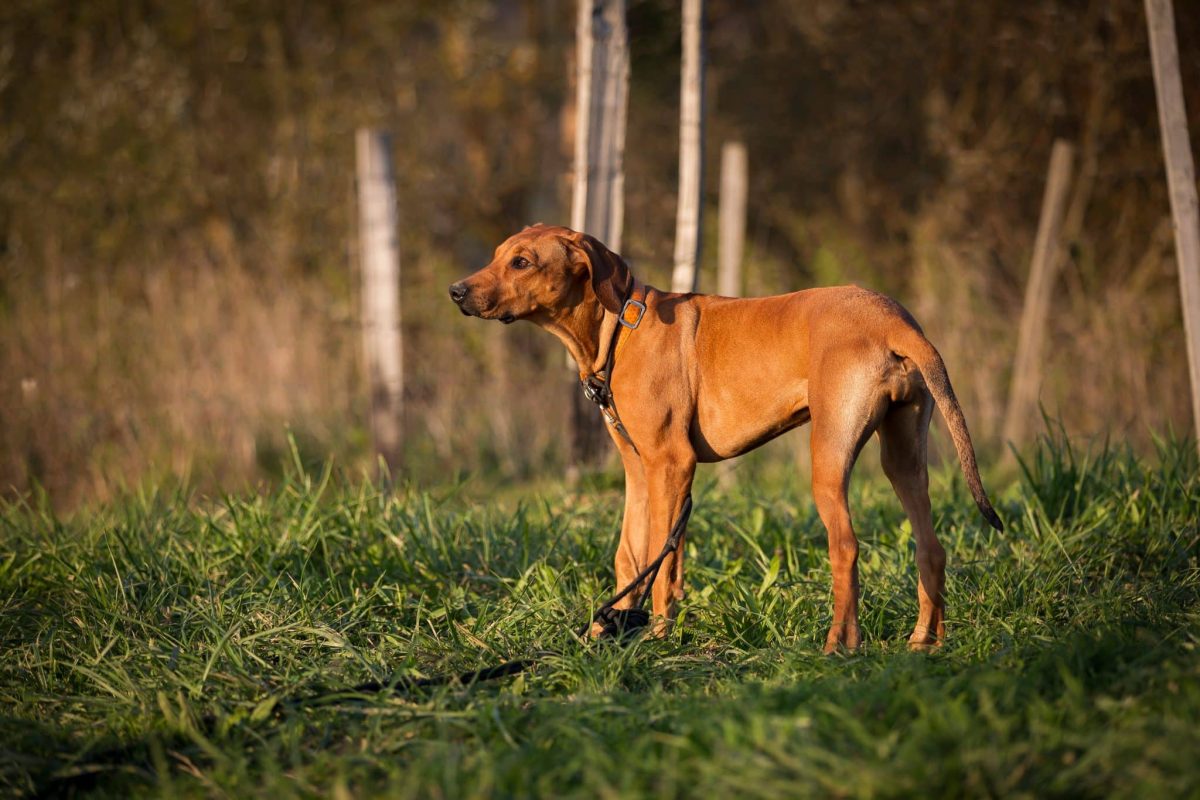

 English (US) ·
English (US) ·